Our case for support
Help families build strength and stability.
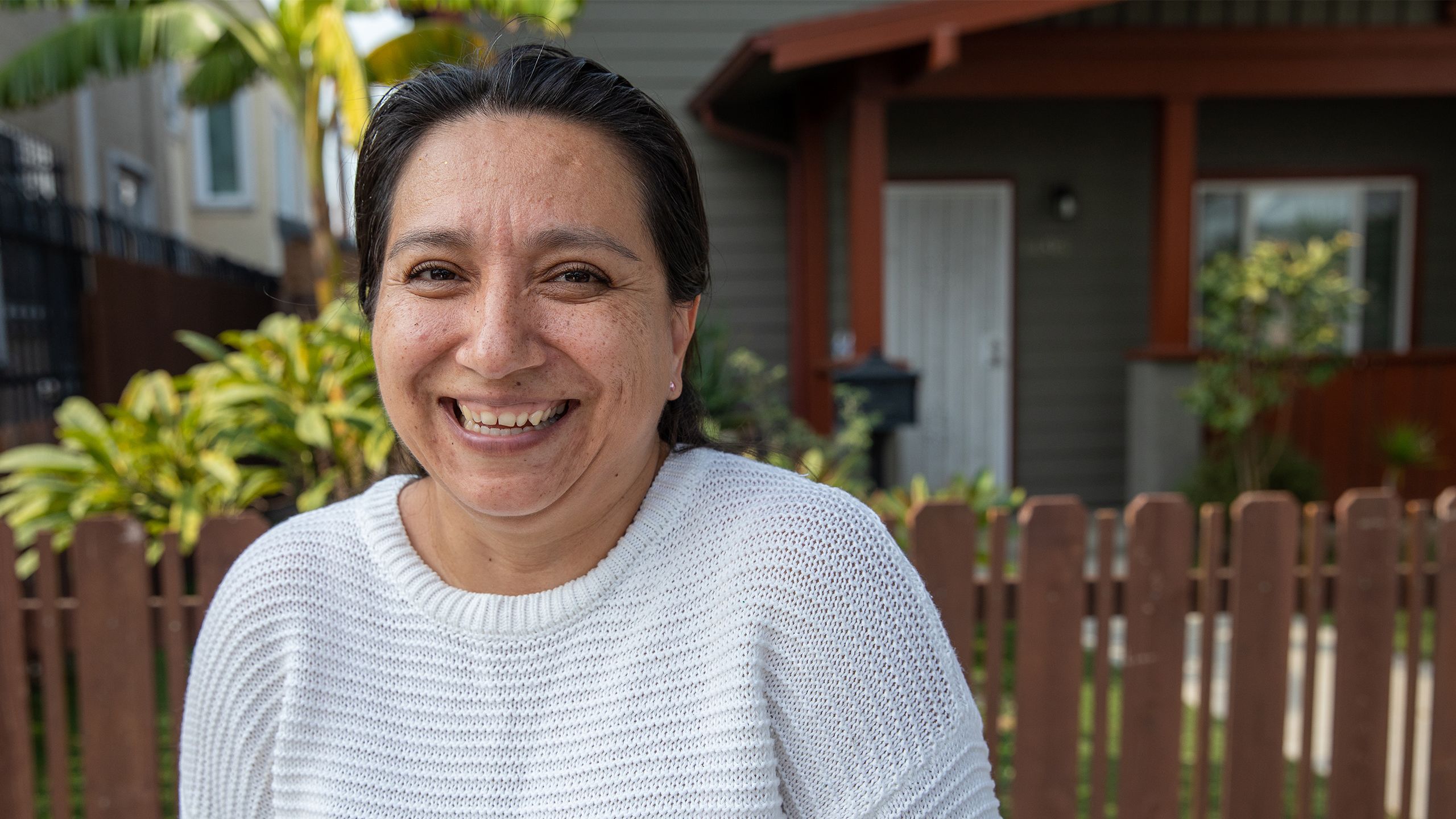
Since 1976, Habitat for Humanity has helped more than 46 million people build homes, communities and hope.
The problem is vast.
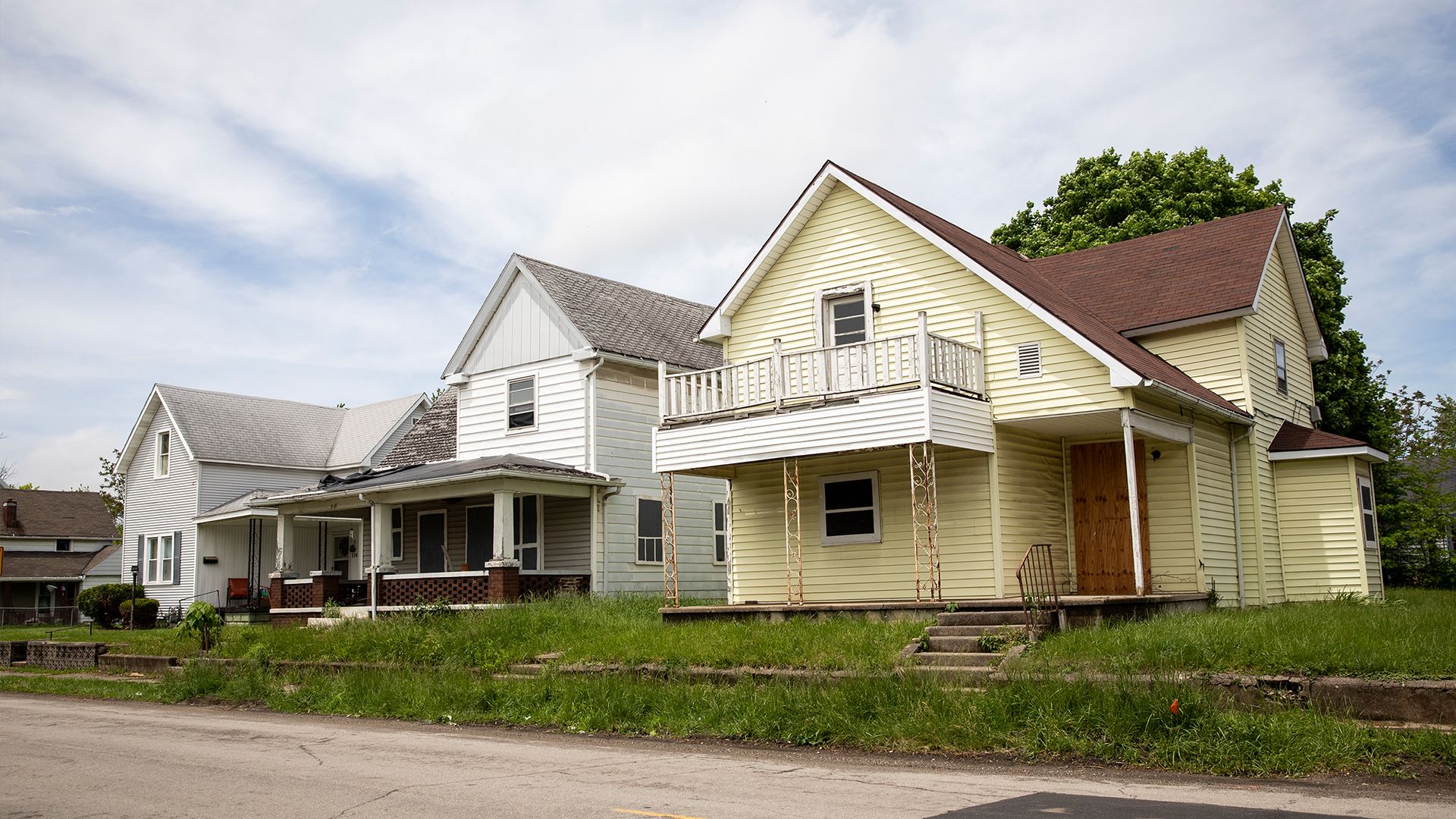
According to UN-HABITAT, 40% of people around the world will live in inadequate housing by 2030 unless they receive assistance from the global community.
Over 37 million households in the U.S. pay more than 30% of their income on housing. More than 1 in 7 of these households pay more than 50% of their income on housing, according to the 2022 State of the Nation’s Housing report.
More than 1.65 million veterans are cost-burdened, meaning the cost of housing is more than 30% of their income, according to the Housing Assistance Council Veterans Data Center.
Harvard University’s Joint Center for Housing Studies estimates that 44% of U.S. households need step-free entrances and showers, lever-style handles, or other features to make homes accessible. Unfortunately, fewer than 4% of homes contain sufficient accessibility features for elderly residents or those with moderate mobility disabilities. Only 1% have adequate features for people with more severe disabilities, many of whom are elderly.
A 2021 AARP survey found that 77% of older Americans want to remain in their homes for the long term, and 34% recognize they may need to make physical changes to their house, such as modifying a bathroom or installing ramps in their homes.
At all income ranges, homeownership rates are lower for Black households than for white households. The U.S. Census Bureau reported that the rate of Black homeownership is 45.3%, whereas the rate of white homeownership is 74.6%.
Because of ever-rising and often unpredictable rents, many parents are forced to make impossible choices about food, health care and education.
An aging house with faulty wiring or a leaking roof doesn’t provide safe shelter, and rundown residences in need of paint and repair don’t make for vibrant neighborhoods with safe streets.
Leaking roofs, crumbling walls, mold— all of these contribute to disease and unease in families living in poor conditions.
Most homes in the U.S. do not meet the accessibility needs of their older residents or those with disabilities.
It can be tough for low-income families to rebuild after a natural disaster, causing them to live in unsafe conditions.
Habitat is uniquely suited to address the problem.

The idea that became Habitat for Humanity grew from the fertile soil of Koinonia Farm, a community farm outside of Americus, Georgia, that was established to serve as a demonstration plot for the kingdom of God. Historically we are, and we continue to be, a space where people of all races, all faiths and all backgrounds can come together in a common cause. Habitat is uniquely suited and committed to increasing access to affordable, decent housing, and working toward diversity, equity and inclusion both internally and in the communities we serve.
Our work today includes:
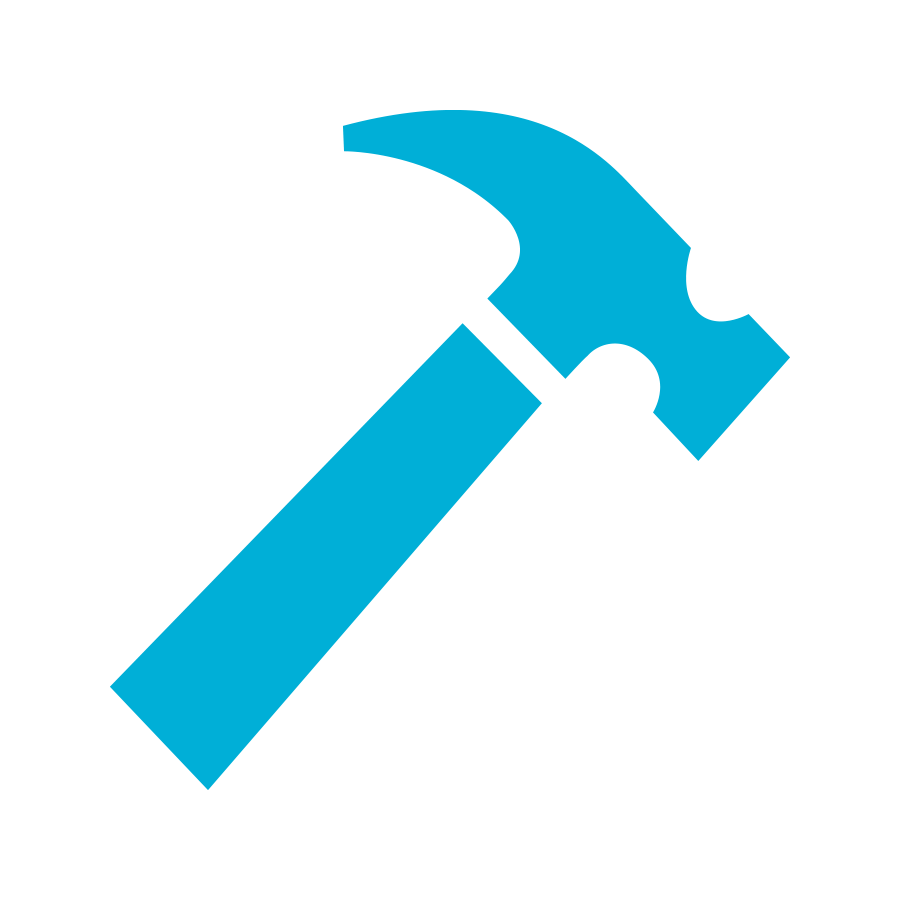
New construction with houses and sustainable work processes designed specifically for their local settings and using locally available materials.

Improving and repairing existing houses. In the U.S., this work is done as part of our neighborhood revitalization and disaster response efforts.
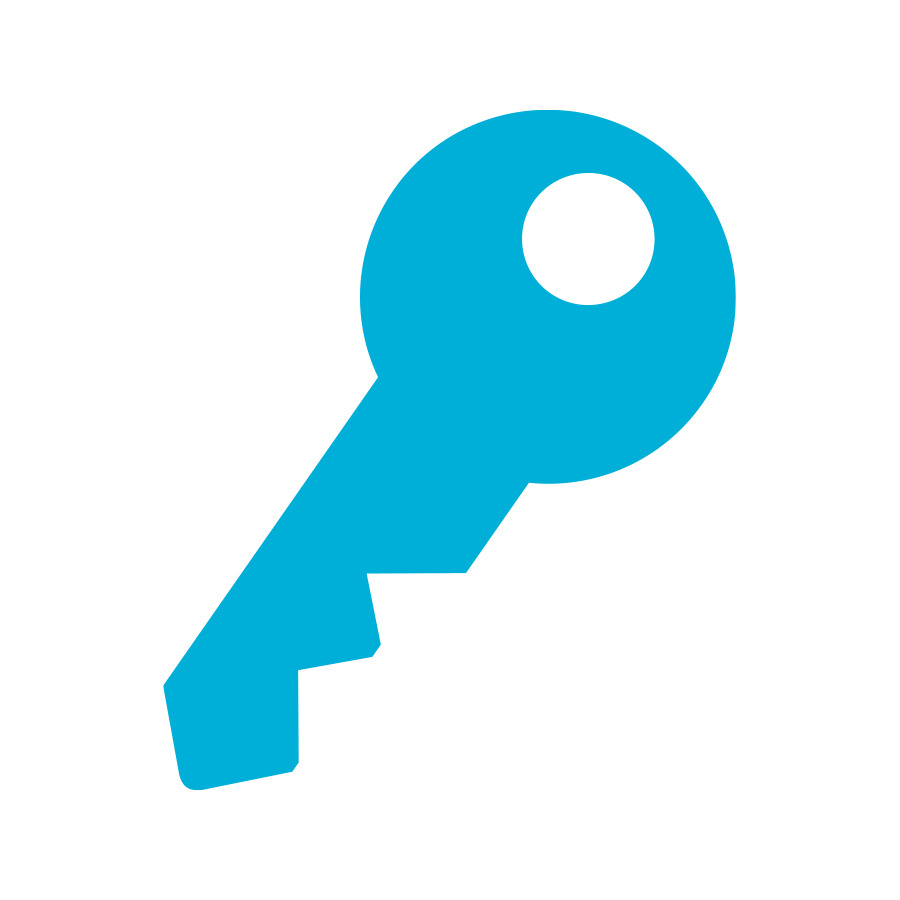
Working alongside the families who partner with us and ensuring that each family invests their time and effort into building their own home and the homes of others. This sweat equity can take many forms — from construction to working in a Habitat ReStore — and includes homeowner classes where families learn about their mortgage, insurance, maintenance, safety and more.

Advancing Black homeownership in the U.S., which we are co-developing with local Habitat affiliates, and continuing work in neighborhoods across the U.S. alongside residents and partner organizations to foster equitable, livable and sustainable communities through neighborhood revitalization efforts.

Advocacy, which advances access to adequate and affordably housing globally by changing policies and systems. This includes the Cost of Home campaign, which aims to make housing more affordable for 10 million people across the U.S., and aligning our work to support the U.N.’s 2030 Agenda for Sustainable Development and Sustainable Development Goal 11.
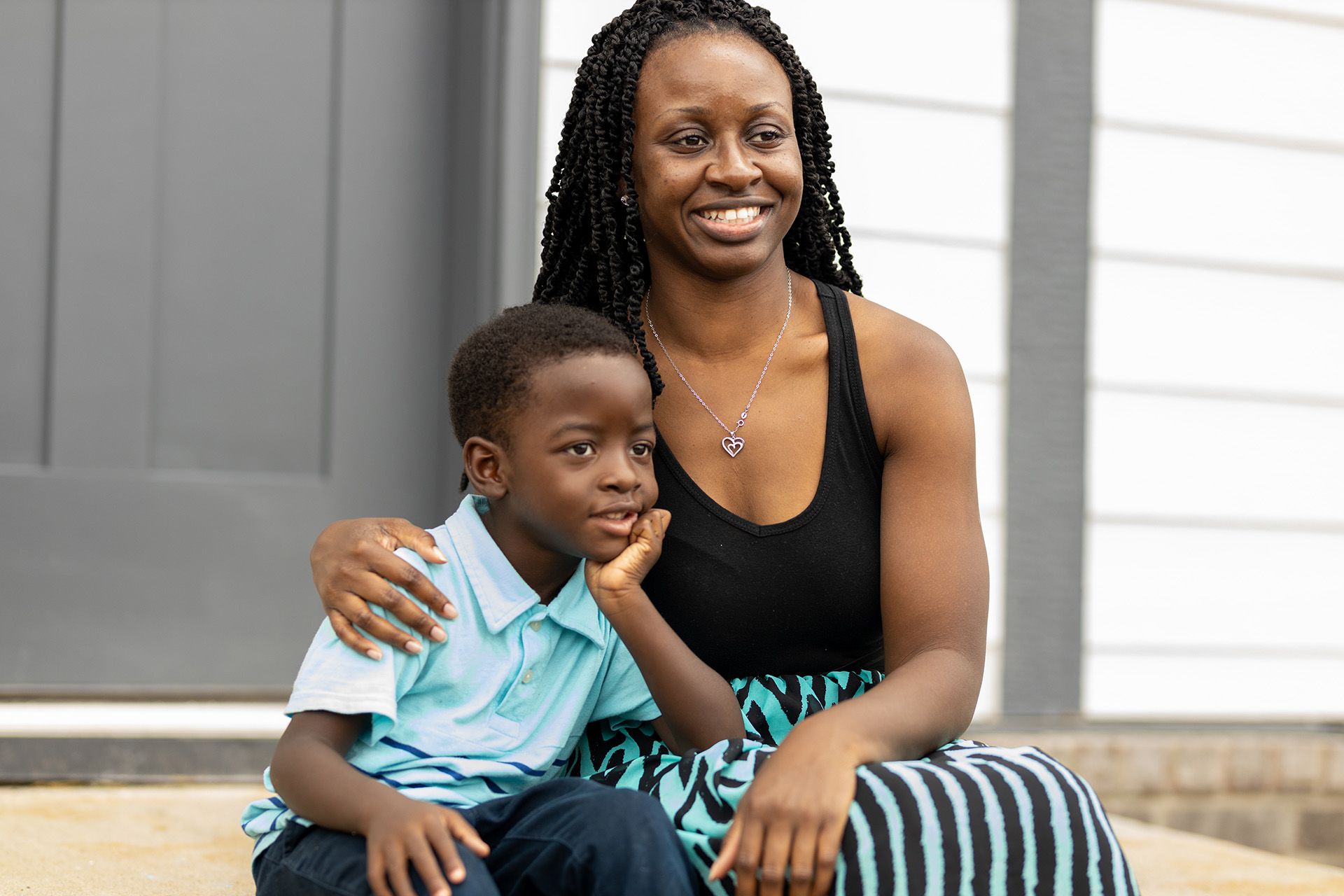
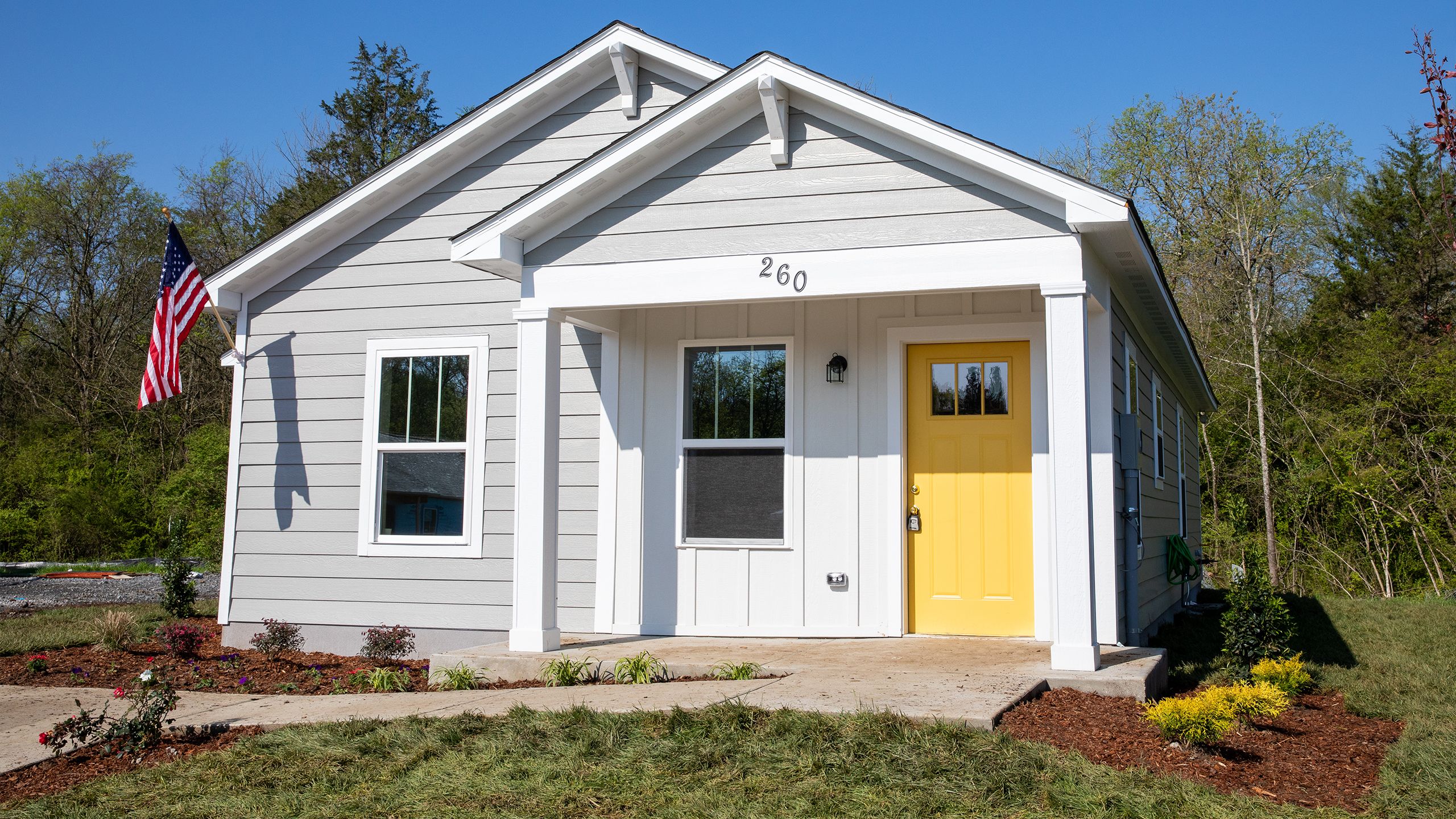
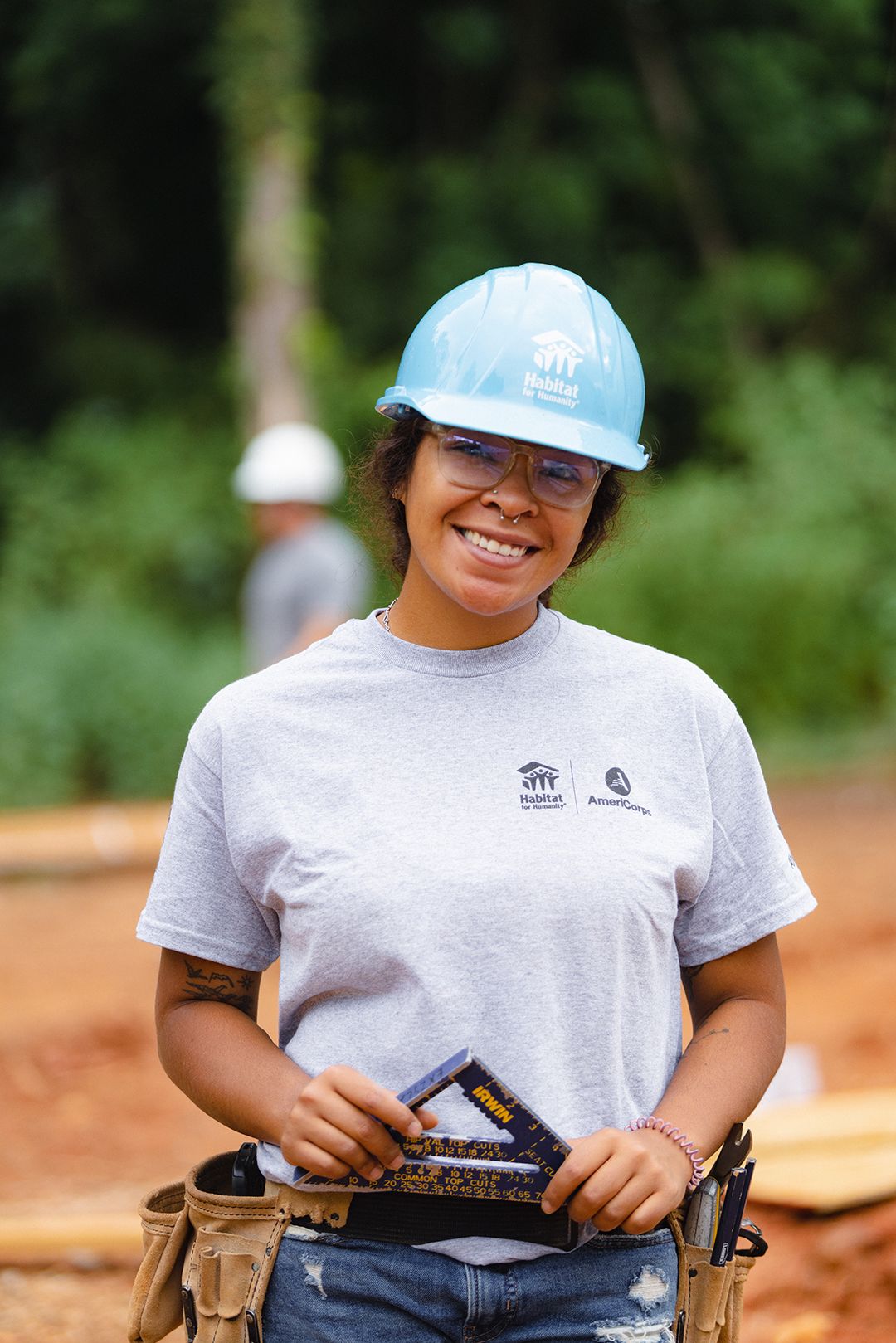
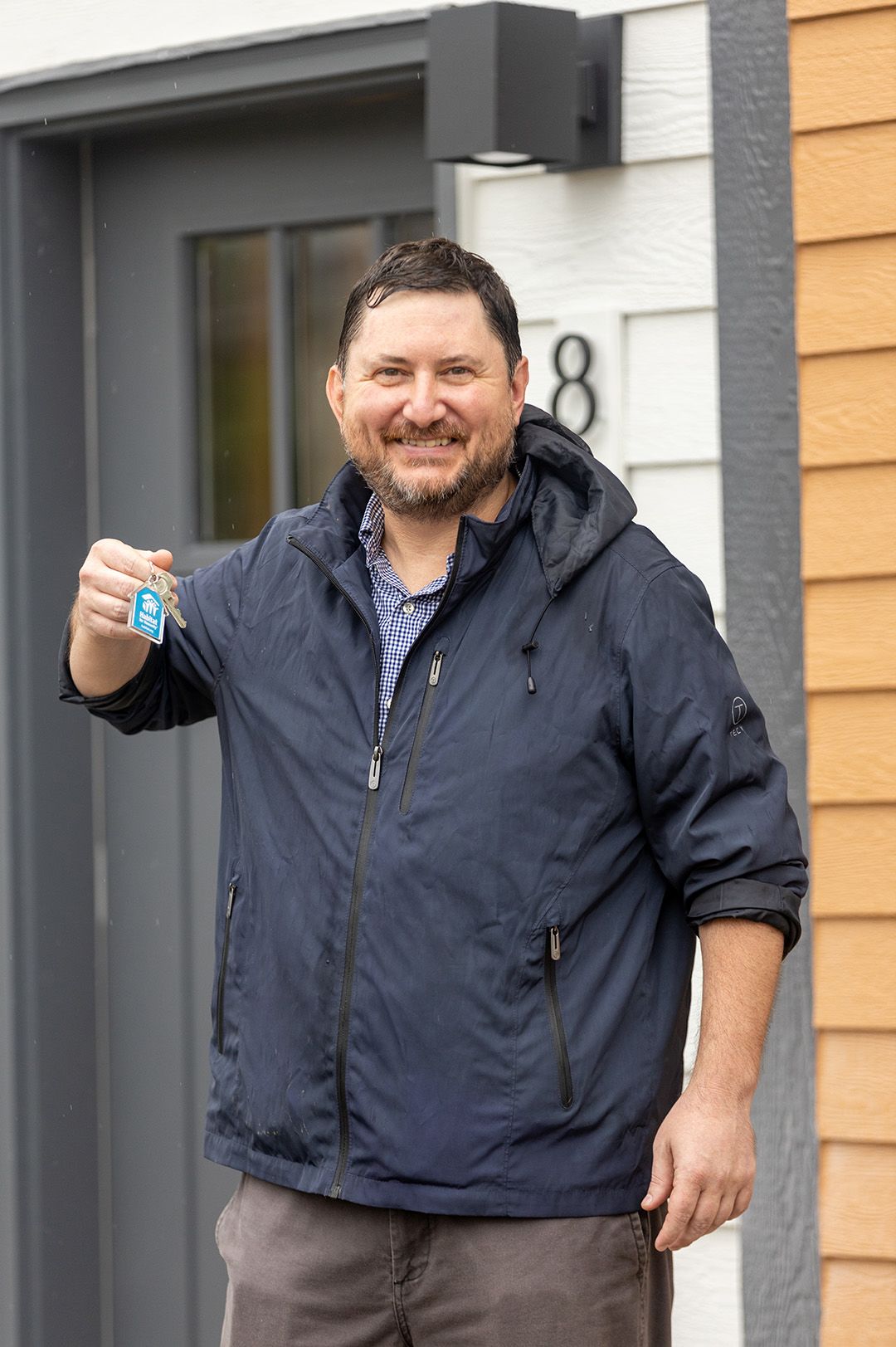
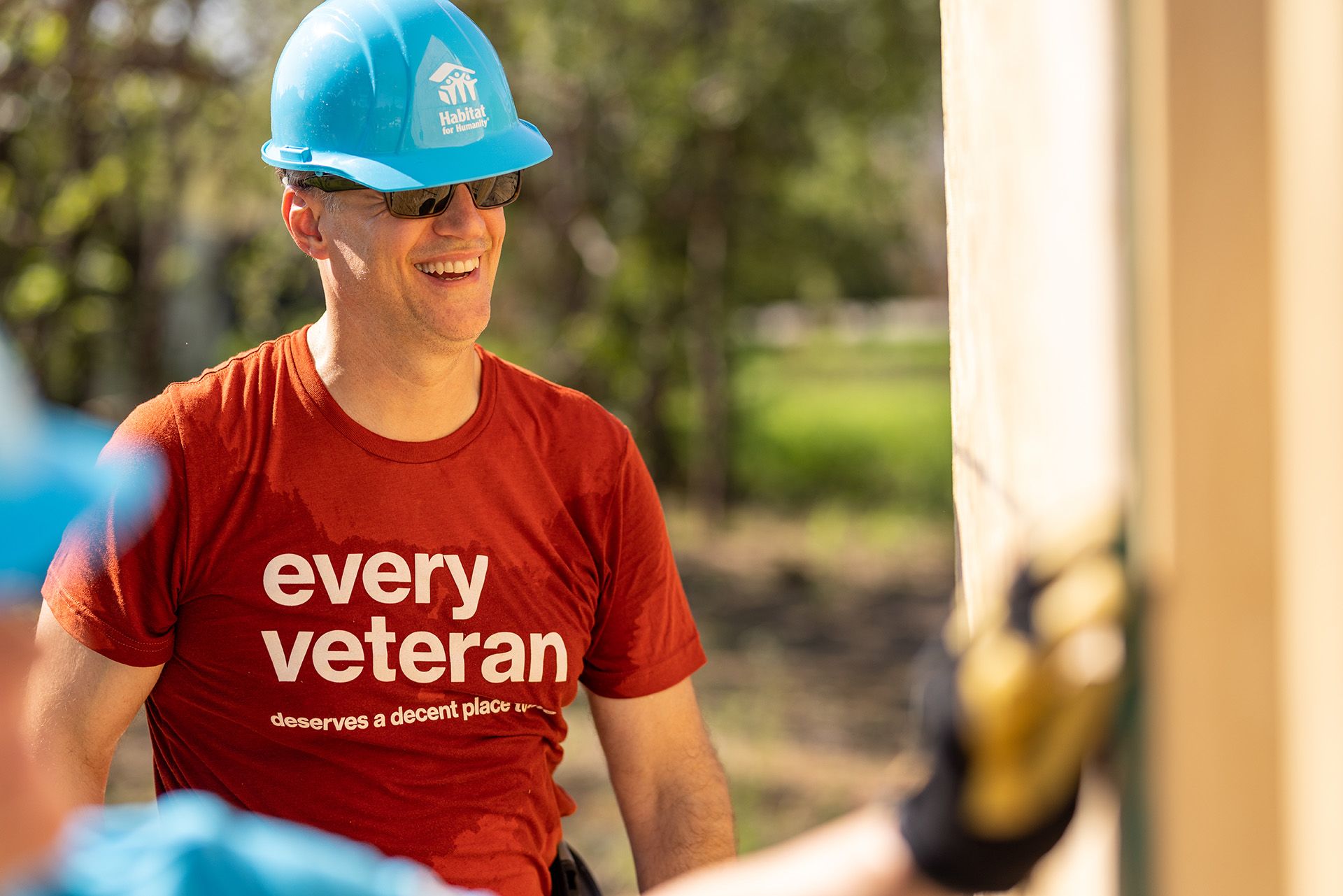
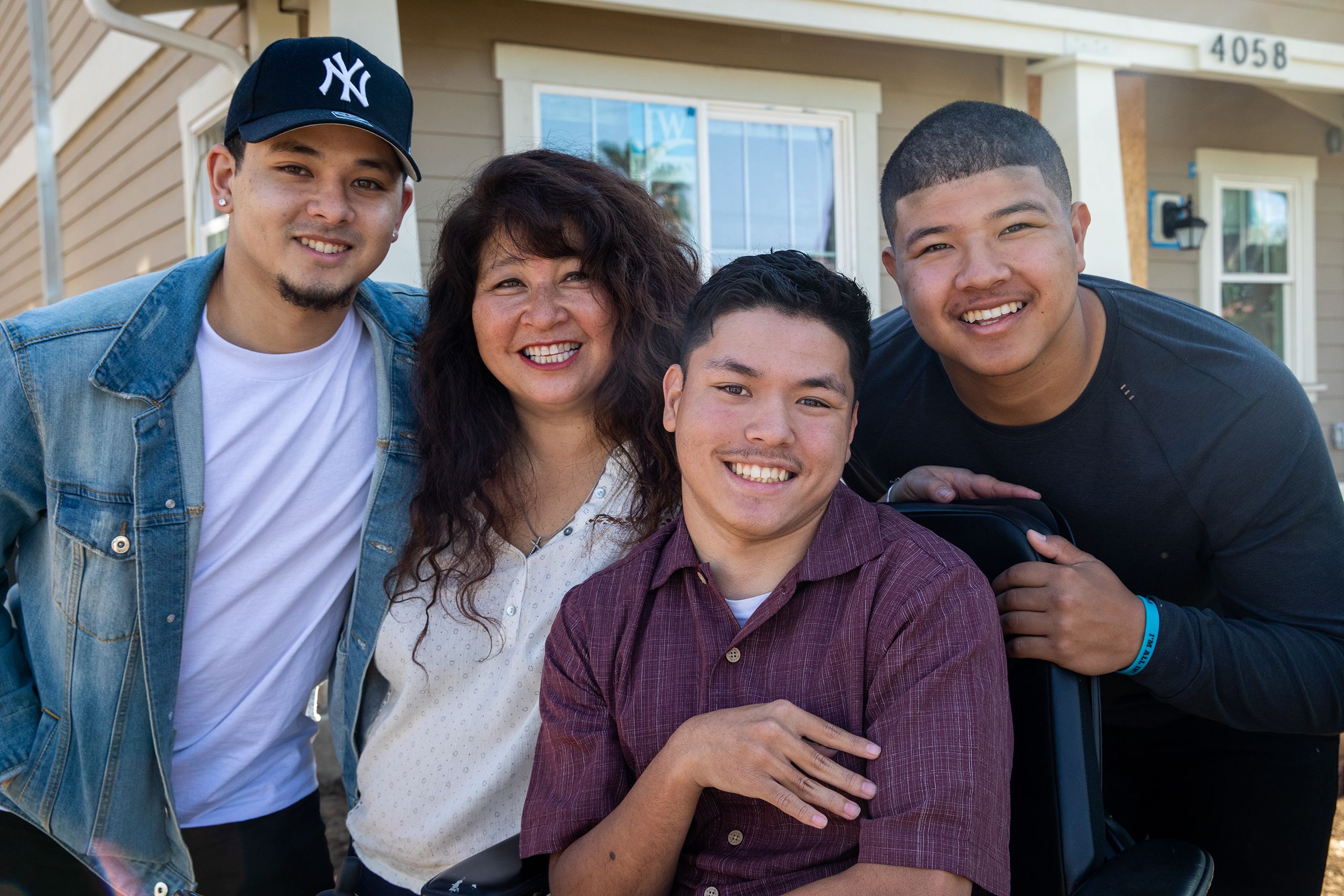
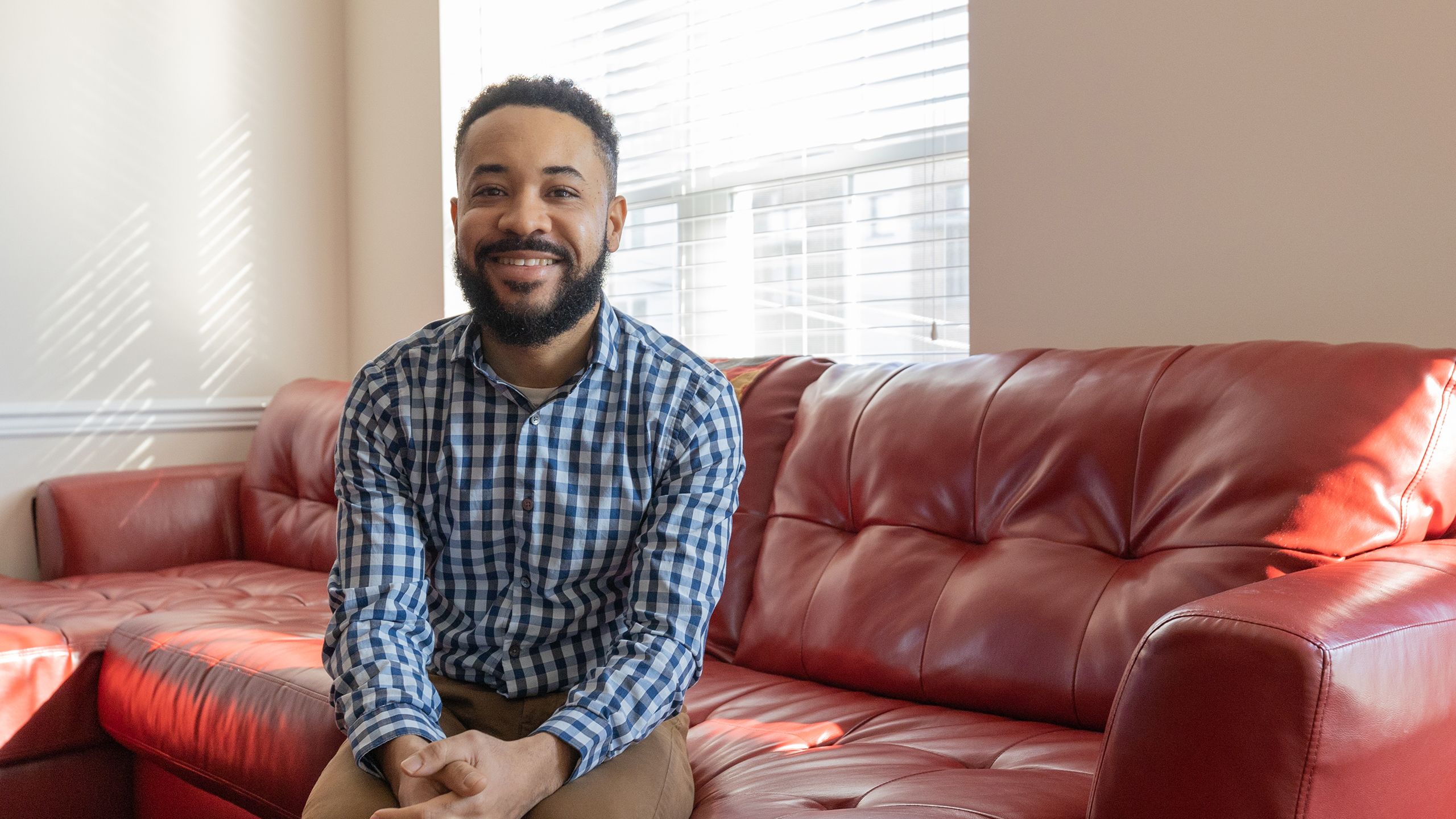

Nashville, Tennessee
Nashville, Tennessee

Nashville, Tennessee
Nashville, Tennessee

Charlotte, North Carolina
Charlotte, North Carolina

Nashville, Tennessee
Nashville, Tennessee

Fort Worth, Texas
Fort Worth, Texas

Culver City, California
Culver City, California

Washington, D.C.
Washington, D.C.
See the results

Our work focuses on increasing access to homeownership and housing finance, improving housing affordability and quality, helping communities prepare for and respond to natural disasters, and building strong and resilient neighborhoods.
In Greater Cleveland Habitat’s Homeownership Impact Survey, 65% of Habitat homeowners reported better physical health since purchasing their home.
In a 2021 homeownership impact survey, Chatham Habitat for Humanity in Pittsboro, North Carolina found that 80% of children’s grades improved after moving into their Habitat home, and that 41% of adults completed an educational or job training program since becoming Habitat homeowners.
Habitat for Humanity East Bay/Silicon Valley's 2021 Social Impact Study found that 94% of their homeowners now feel safe in their homes, and 98% said that owning a home improved how they felt about themselves.
A 2020 survey of Habitat Greater Sacramento’s first 100 families found that since receiving their Habitat home, 57% of families have more savings, 48% of families feel more connected to the community, and 0% of families previously on food stamps remained on food stamps.
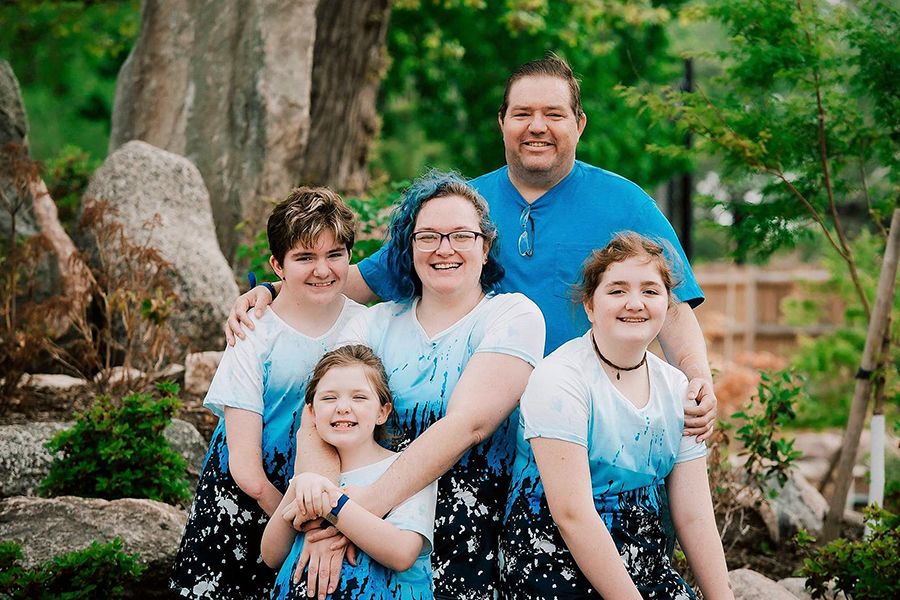
Home is now a haven for Jessica and her family

Jessica, Brent and their three daughters live with multiple long-term health conditions. Brent needs a kidney transplant, and two of their daughters have consistent health issues that require ongoing care and surgery. Their new home, built with Topeka Habitat for Humanity in Kansas, is bigger and healthier and provides peace of mind for the future. The three-bedroom, two-bathroom home has wide hallways and doors to accommodate their oldest daughter’s wheelchair and has enough space for her sister’s and dad’s medical supplies. It has been an amazing change from their previous home, which was very small and unaffordable because of rising rent, high utility bills and the family’s substantial medical debt.
Jessica’s schedule is very busy as a special education paraprofessional at an elementary school and the primary caretaker for her family. It was tough, but she worked hard and completed the sweat-equity hours necessary to become a Habitat homeowner. Since moving into their home, Jessica and Brent have been able to budget, save and plan for the future. Recently, Jessica received more good news when she was approved to be a living kidney donor for Brent. Jessica says that “knowing my kids are going to have a safe place, a gathering place, a haven” will have a huge, lasting impact on her family.
We are aided by our volunteer-led model.
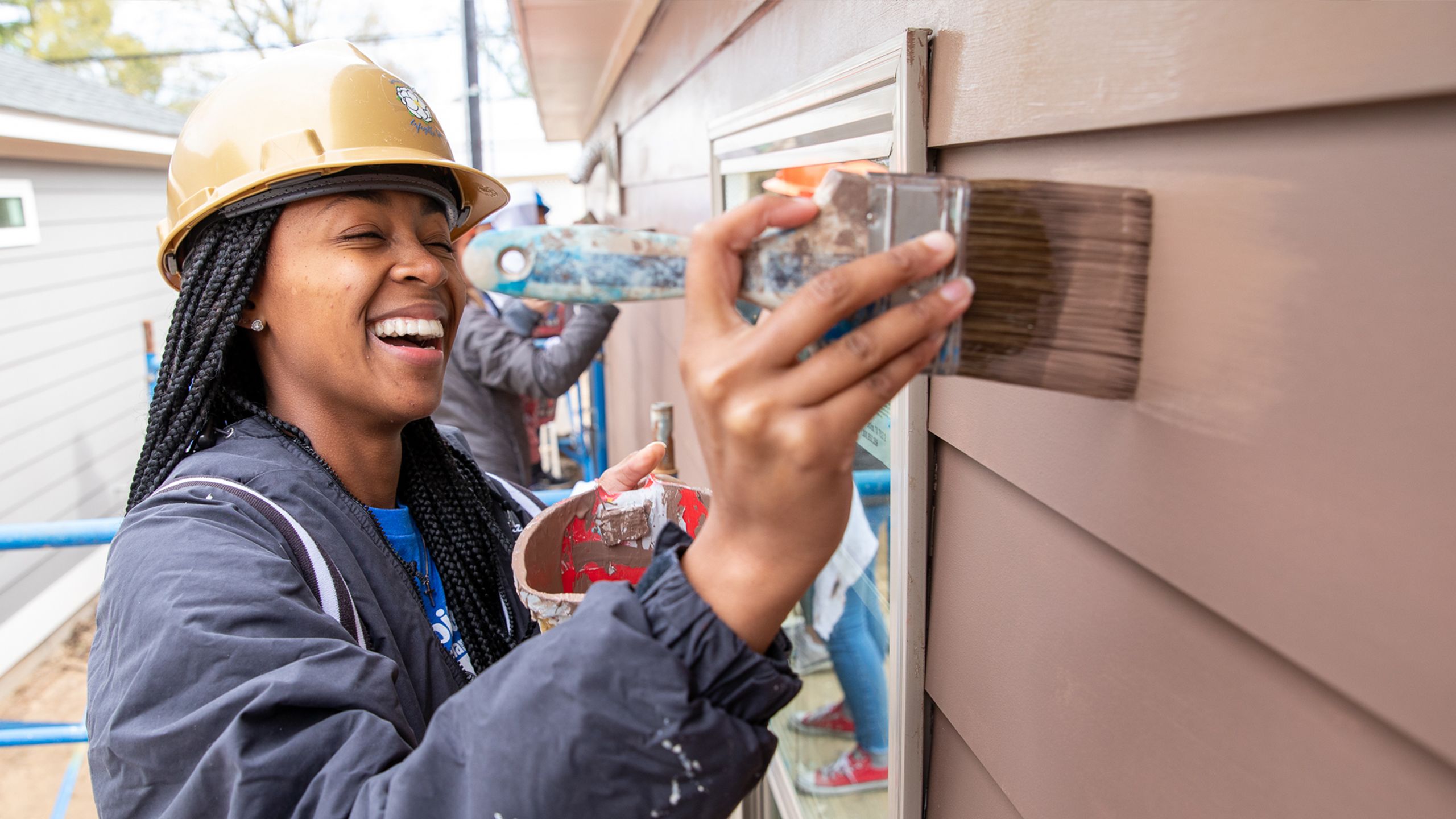
In FY2022, Habitat mobilized more than 700,000 volunteers to help build, advocate and raise awareness about the global need for shelter.
Hear from our volunteers
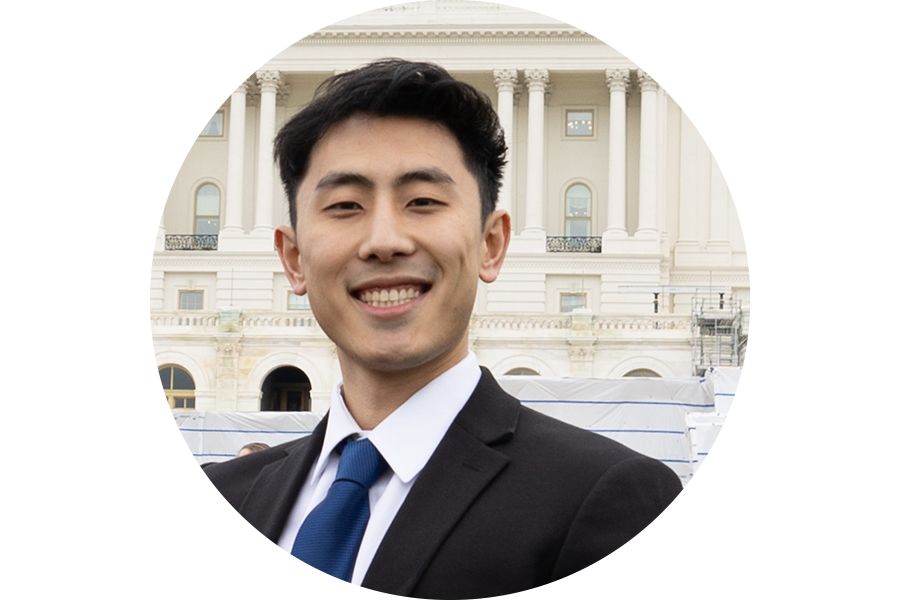
“I’m just very excited to see the impact that our voices as young people—as our young generation—can make in terms of government policy. Later in life, I would like to advocate for the same policy changes as Habitat for Humanity does, because I truly believe that these policies will make a significant impact on families in the future.”
“I always remind our crew: Look at the families that we’re building with here. Think about the effect our work will have on the homeowners and the next generation and the next generation.”
“I am passionate about affordable housing because it’s one of those things that impacts everything else: finances, health, education. So, while getting one family into affordable housing won’t change the whole world, it will change the world for that family. It’s why I love what I do.”
We are built on a foundation of faith
While personal faith is not always the motivating factor for all Habitat volunteers, our mission has always been based on the idea that we serve God by serving others. Habitat partners with all people — of different faiths or of no faith — whether they are seeking housing or joining us to help.
Building the Beloved Community
In addition to being a space where people of all races, all faiths and all backgrounds can come together in common cause, we commit to being actively anti-racist and to affirming, through word and action, that Black lives matter and that our communities and systems must further this fundamental truth.
We will do the work in our practices, our programs and our networks that brings equity to our efforts and helps bring justice to the communities in which we work. We will, throughout our ministry, connect issues of racial and social injustice with historic barriers to affordable housing and work to eradicate those barriers.
Habitat’s global prayer
God, teach us humility so that we may listen, confess and forgive, serve in relationship with the poor, persevere in our mission, unify as one body with many different parts, and act with courage and boldness. Amen.
Habitat for Humanity is a global leader.
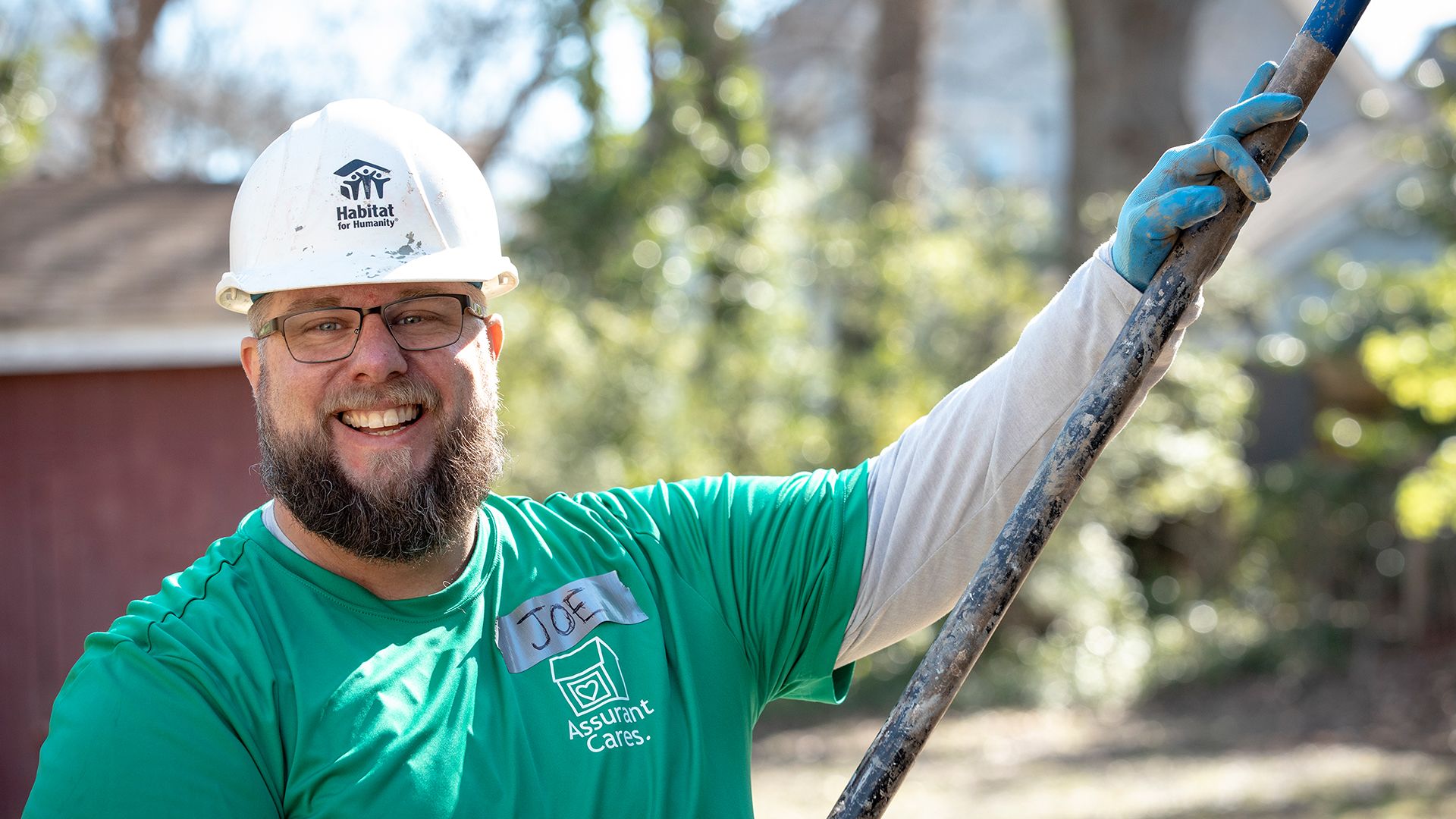
Our work in more than 70 countries and across all 50 states in the U.S. has helped transform the lives and communities of more than 46 million people through housing since 1976.
With the help of more than 700,000 volunteers in the past year, Habitat helped more than 7.1 million people build or improve the place they call home.
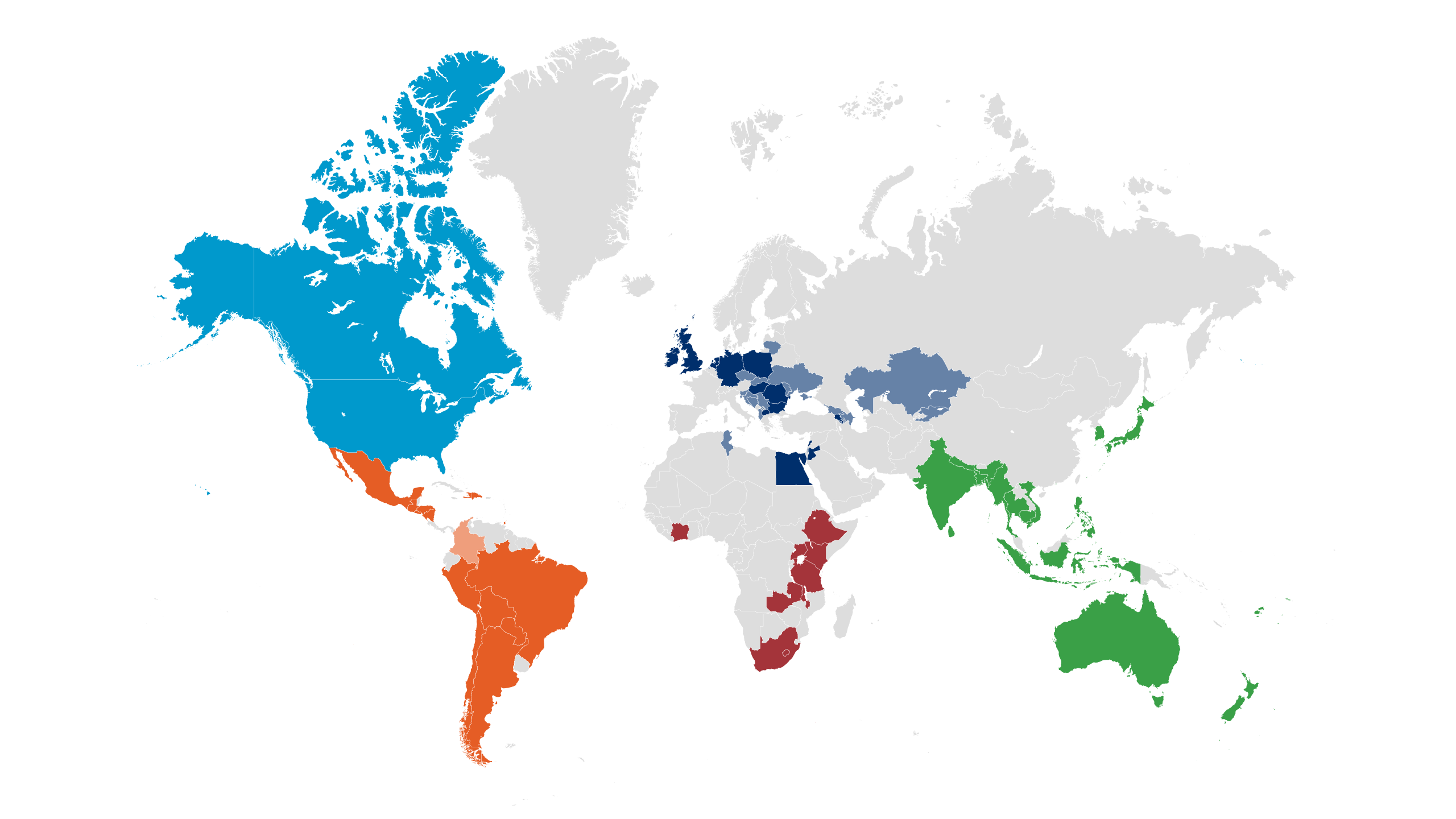
Learn more about where we work on habitat.org.
Learn more about where we work on habitat.org.
FY2022 individuals served
Habitat for Humanity’s strategic plan looks at the number of individuals impacted by our work. We report our work as a mix of households and individuals, and so, to present our figures as individuals, we multiply by five the number of households served by our international work, and we multiply by four (or by two for rehabs) the number of households served by our work in the U.S. and Canada. The data presented here have been through this conversion.
| Individuals | |
|---|---|
| New & rehab construction | 14,888 |
| Repairs | 19,092 |
| Total | 33,980 |
| Individuals | |
|---|---|
| New & rehab construction | 20,515 |
| Incremental construction | 22,685 |
| Repairs | 85,965 |
| Professional services | 11,695 |
| Market development | 1,603,665 |
| Civil society facilitation | 8,340 |
| Total | 1,752,865 |
| Individuals | |
|---|---|
| New & rehab construction | 5,380 |
| Incremental construction | 210,335 |
| Repairs | 3,295 |
| Professional services | 5,215 |
| Market development | 3,058,690 |
| Civil society facilitation | 51,755 |
| Total | 3,334,670 |
* In April 2022, Habitat’s Europe, Middle East and Africa office was split, creating an Africa area office and a Europe and Middle East area office. The numbers presented here were tallied before that change and therefore are categorized together.
| Individuals | |
|---|---|
| New & rehab construction | 13,490 |
| Incremental construction | 52,840 |
| Repairs | 33,185 |
| Professional services | 3,375 |
| Market development | 994,340 |
| Civil society facilitation | 45,005 |
| Total | 1,142,235 |
FY2022 audited consolidated finances
All figures presented are in thousands of dollars. More detail is available in our FY2022 Annual Report.
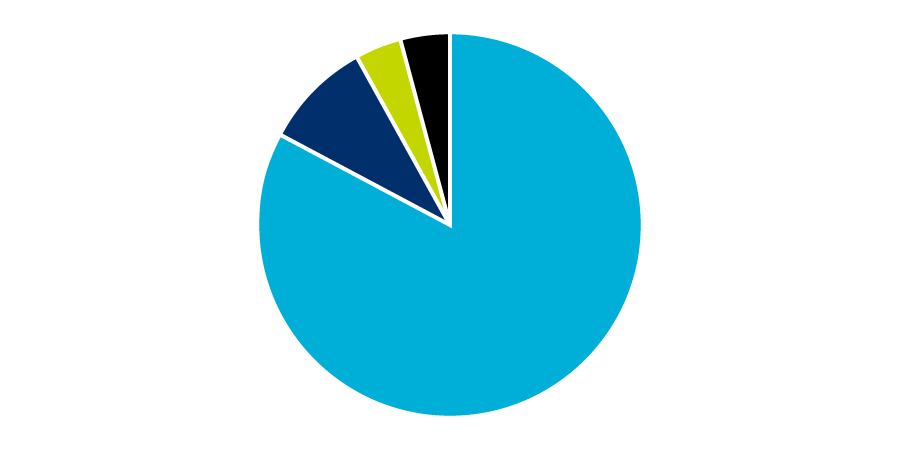
| Revenue type | Amount | % |
|---|---|---|
| Contributions | $374,946 | 83% |
| Gifts-in-kind | $40,648 | 9% |
| Government grants | $17,459 | 4% |
| Other income | $16,292 | 4% |
| Total revenue | $449,345 |
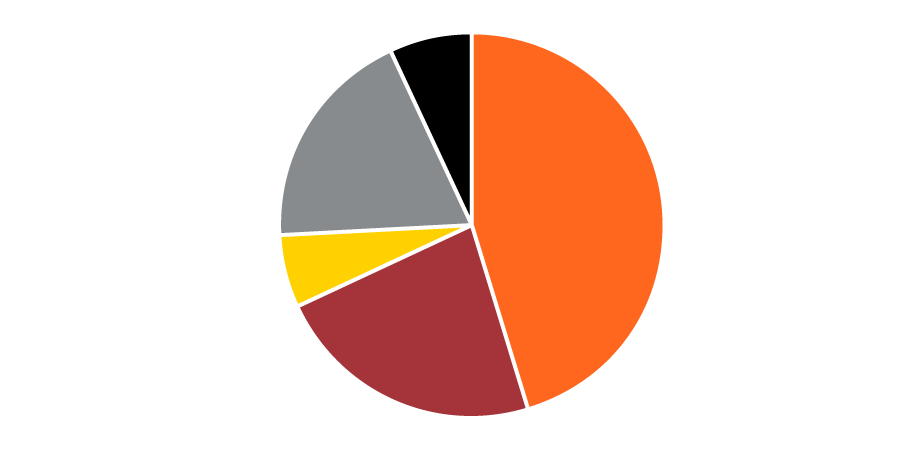
| Expense type | Amount | % |
|---|---|---|
| Program - U.S. affiliates | $139,912 | 46% |
| Program - International affiliates | $69,041 | 23% |
| Program - Public awareness and advocacy | $17,472 | 6% |
| Fundraising | $58,663 | 19% |
| Management and general | $20,922 | 7% |
| Total expenses | $306,010 |
FY2021 unaudited combined finances
The audited financial statements of Habitat for Humanity International reflect only part of Habitat’s work around the world. As autonomous nonprofit organizations, Habitat for Humanity affiliates and national organizations keep their own records of revenues and expenditures.
To better demonstrate the magnitude of the movement, we annually compile combined (unaudited) financial amounts for Habitat for Humanity in total. For the fiscal year that ended June 30, 2021, we estimated the total impact of the entire Habitat for Humanity mission was as follows:
$2.1 billion
total revenue$3 billion
total net assets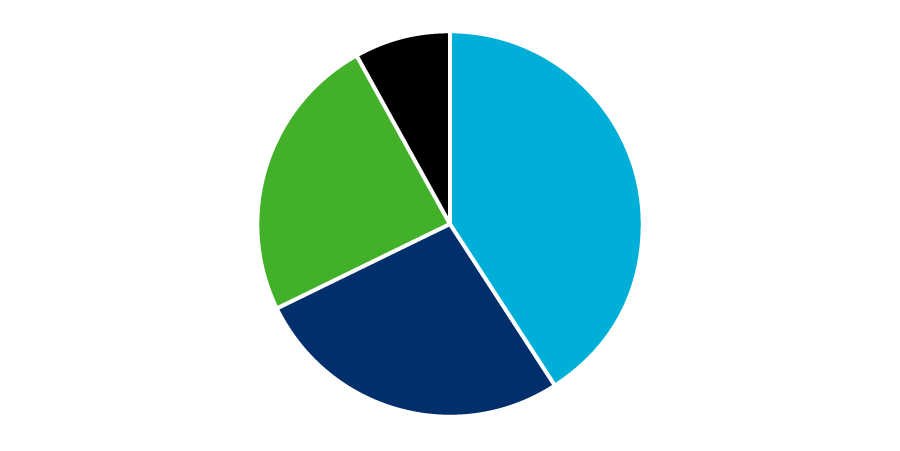
| Revenue type | Amount | % |
|---|---|---|
| Contributions and grants | $873 million | 41% |
| Sales of homes | $575 million | 27% |
| Gifts-in-kind | $499 million | 24% |
| Other income | $179 million | 8% |
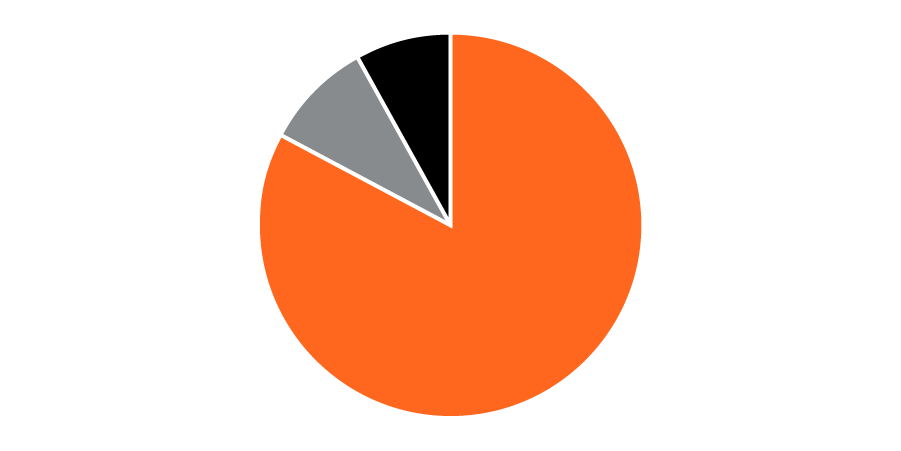
| Expense type | Amount | % |
|---|---|---|
| Program | $1.6 billion | 83% |
| Fundraising | $153 million | 9% |
| Management and general | $176 million | 8% |
Help us today.
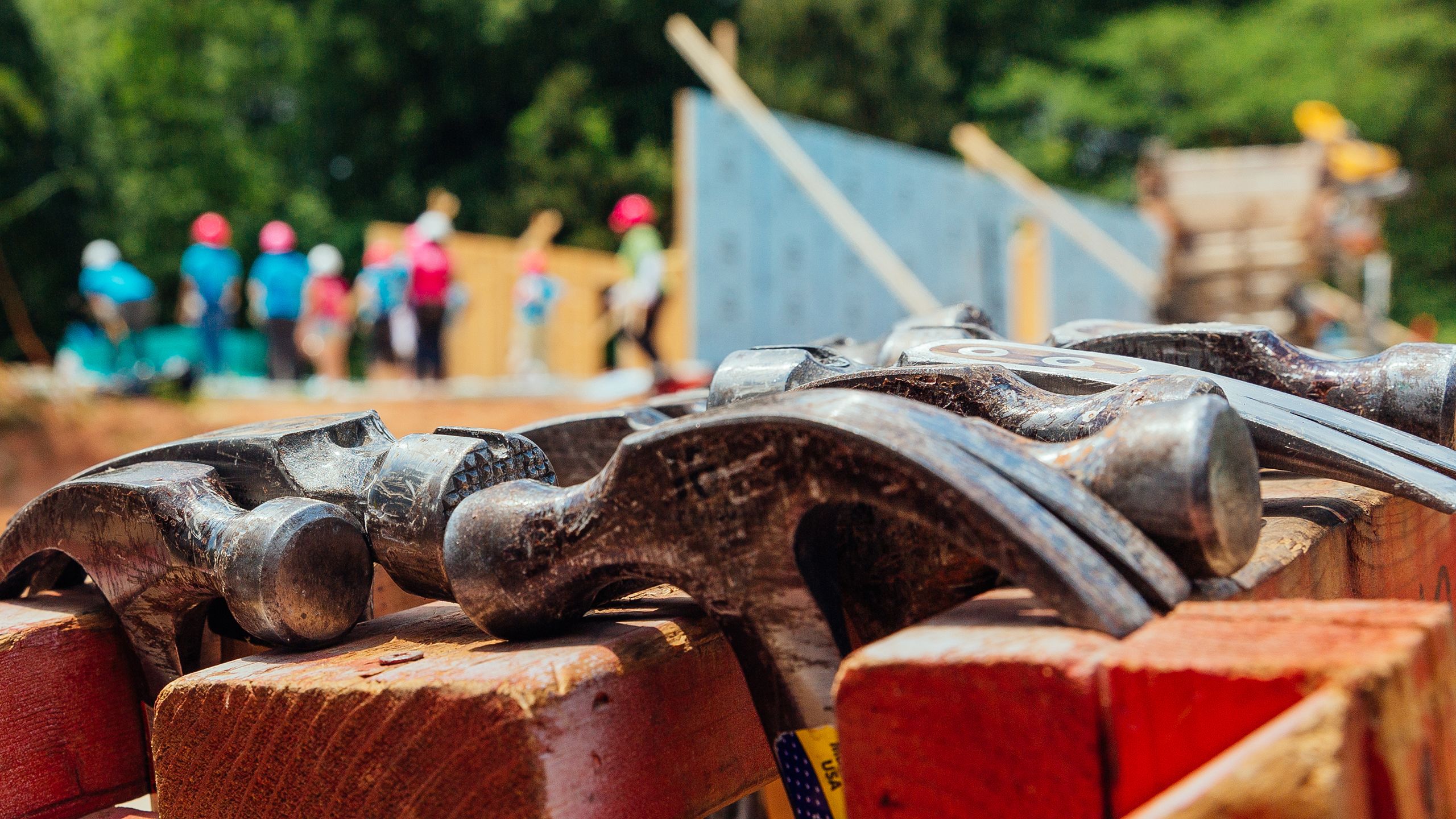
Habitat’s strategic plan supplies the framework for exponentially expanding our worldwide impact so that we can partner with more families to build or improve places to call home.
Our Global Impact Fund supplies the flexible funding for that expansion, which enables us to build impact at the community, sector and societal levels.
Habitat’s Global Impact Fund moves our mission forward by:
- Leveraging resources to respond to the world’s housing need.
- Building the capacity of our global network.
- Investing wisely to sustain our programs through tough economic times.
- Designing innovative programs that reach ever-growing numbers of families.
- Practicing good stewardship in order to increase our efficiency and ensure the trust of our generous donors.
